Condensate formation is central to how budding yeast cells decide their response to environmental and internal conditions
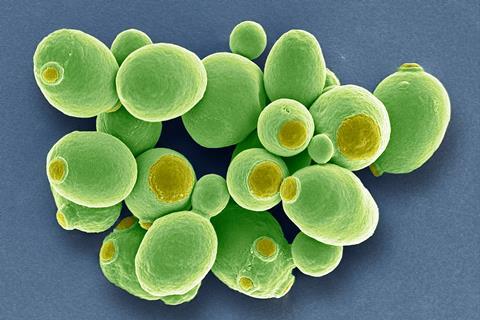
Life, according to biologist Michael Levin of Tufts University in Massachusetts and the late philosopher Daniel Dennett, is ‘cognition all the way down’. ‘We reject a simplistic essentialism where humans have “real” goals, and everything else has only metaphorical “as if” goals’, they wrote in 2020. ‘Recent advances in basal cognition and related sciences are showing us how to move past this kind of all-or-nothing thinking about the human animal’ and recognising ‘a continuum of how much agency any system has’.
You might feel ready to accept, say, insects as cognitive agents. But single cells, really? Yet Levin and Dennett argued that cells can become ‘autonomous, unlike the mindless gears and pistons in an intelligently designed engine’. But what, they reasonably ask, could possibly explain this? After all, cells don’t have brains or nervous systems; they are the mere ingredients of those systems (among others). But I think that Levin and Dennett are right to say cells are best understood in cognitive terms, and moreover that we are beginning to understand the molecular mechanisms responsible.
By ‘cognitive’, I don’t mean there is any glimmer of awareness in single cells. I simply mean that cells make choices in a similar manner to the way we do: it’s not just stimulus-response but means integrating and weighing up complex, contextual information, which might include information about one’s environment and current internal state. A recent study by Yves Barral and coworkers at ETH Zurich in Switzerland shows not only such a process in action but also the molecular basis for it.1
Check mate
Budding yeast cells have a complicated set of options. If nutrients are scarce, they might become quiescent and await better conditions. In good times they may proliferate, but alternatively they can differentiate into a state (colourfully called a shmoo) that is able to mate with another cell. The latter may happen in response to a mating pheromone emitted by other cells – but if a cell doesn’t find a mating partner quickly, it can turn back on its cell cycle and resume proliferation. All this depends on how old the cells are: they tend to proliferate and mate less as they age (I’m suppressing the obvious quip).
There’s a lot for the cells to ponder, then. The yeast cell cycle, switched on during proliferation, is controlled by (among other things) a cyclin protein called Cln3, the expression of which is regulated by an RNA-binding protein called Whi3. This protein is apt to form blob-like aggregates called condensates under some conditions, and when the cells are stressed these blobs can stick to another kind of condensate called P-bodies. This condensate formation and interaction seems to be central to the cells’ decisions about their fate.
Condensates are dense clusters of proteins (and sometimes RNAs) that constitute a different phase from the surrounding cell fluid. First identified in 2009, they may form from a wide range of biomolecules and have been implicated in all kinds of cell processes, from DNA repair to gene regulation. Some, like stress granules, might function primarily as storage vessels, but others seem to be integrators of molecular signals. Condensate-like bodies in gene regulation, for example, can bring together a whole range of transcription factors and their cofactors along with DNA regulatory sequences and other components, forming a sort of molecular committee for making a decision about whether or not to regulate expression of a gene up or down.
Condensates are dense clusters of proteins (and sometimes RNAs) that constitute a different phase from the surrounding cell fluid. First identified in 2009, they may form from a wide range of biomolecules and have been implicated in all kinds of cell processes, from DNA repair to gene regulation.2 They assemble via weak and often rather low-specificity interactions that create gel-like networks, and can act as membraneless compartments for segregating and concentrating biomolecules. Some, like stress granules, might function primarily as storage vessels, but others seem to be integrators of molecular signals. Condensate-like bodies in gene regulation, for example, can bring together a whole range of transcription factors and their cofactors along with DNA regulatory sequences and other components, forming a sort of molecular committee for making a decision about whether or not to regulate expression of a gene up or down.
Consequences of condensates
Condensates are, then, ideally suited for integrating contextual information during decision-making – you might say, to act as a kind of pseudo-brain for the cell. That seems to be just what is happening in budding yeast. The partitioning of Whi3 into condensates has consequences for Cln3 activity and senescence. But it’s not a simple switch-like process. P-bodies, for example, modulate the process by acting as a measure of cell age. Here they seem to function homeostatically rather than as a simple clock: disrupting P-bodies shortens cell life. And these P-bodies also persuade old cells to ignore mating pheromones.
In short, there’s a lot going on. It’s as though, in making their decisions, the cells are balancing several contingent factors: How old and healthy am I? Are there mates nearby? As the authors say, this informational network of Whi3 and P-body condensates ‘enables cells to carry out logical operations by introducing context information into various decision processes’ – enabling, in other words, agential behaviour.
Agency implies the existence of goals. But how else should we talk about, say, a cell that differentiates in anticipation of mating but reverts to cell-cycling if it doesn’t happen? That’s not to anthropomorphise but merely to recognise the kind of continuity of behaviour in living organisms that lies at the heart of Charles Darwin’s grand narrative.
References
1 TR Peskett et al, Mol. Cell, 2025, 85, 3661 (DOI: 10.1016/j.molcel.2025.09.001)
2 Y Shin and CP Brangwynne, Science, 2017, 357, eaaf4382 ((DOI: 10.1126/science.aaf4382)
1 TR Peskett et al, Mol. Cell, 2025, 85, 3661 (DOI: 10.1016/j.molcel.2025.09.001)
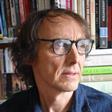

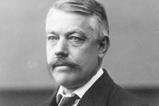
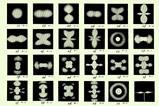

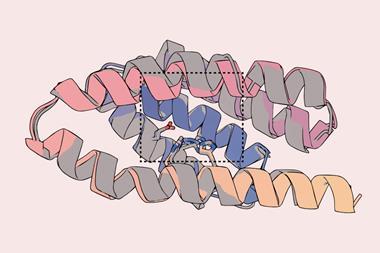
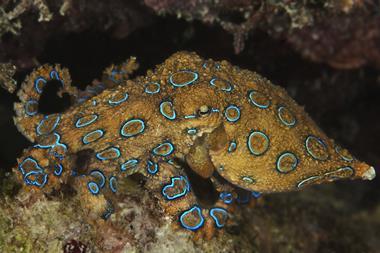
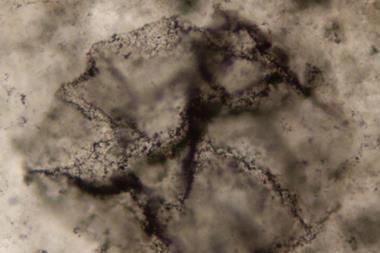
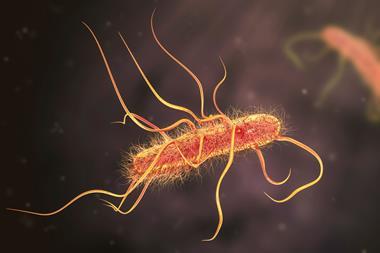

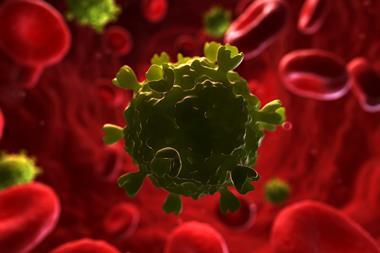

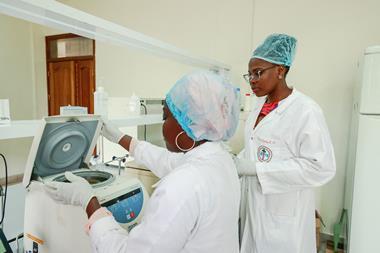




No comments yet